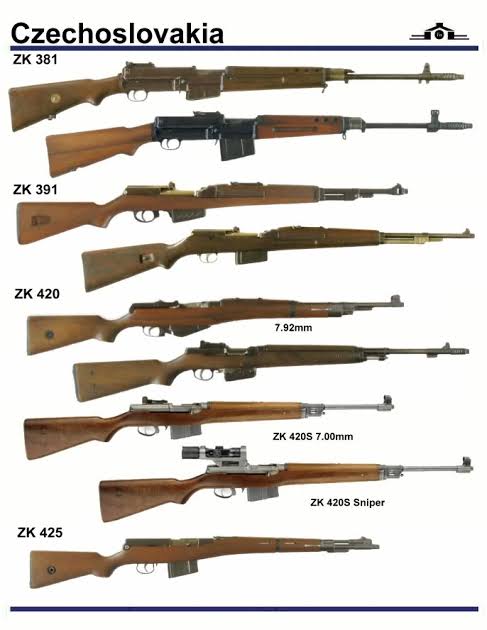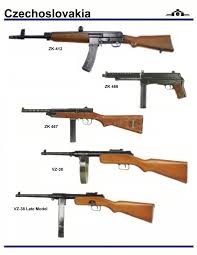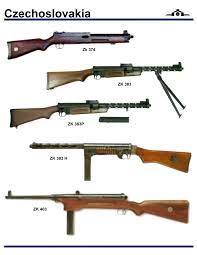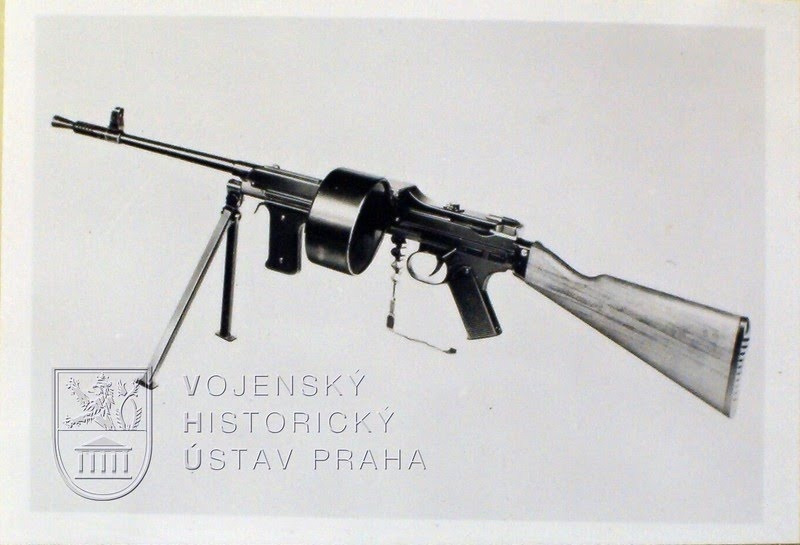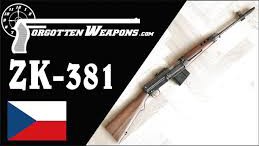
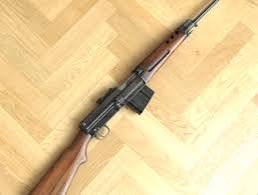
The ZK-381 was designed by Josef Koucký, his first design of 1938 (hence 381). This is one of the last of the Czech pre-war self-loading rifle projects, of which there were quite a lot. It uses a tilting bolt and a short-stroke gas piston, with ZB26 machine gun magazines and chambered for 7.92mm Mauser (although they would have been happy to offer a model in any other modern rifle cartridge). It was tested in the spring of 1938 by the Soviet Union, which liked it enough that they requested a model in 7.62x54R – and those were tested in November 1938. Ultimately domestic Russian designs were chosen instead, and tests in German, France, Spain, and Italy also led to naught
In 1938, on the eve of World War II, Czechoslovakia was a world leader in small arms design. It was in this context that the ZK-381 was born, an experimental semi-automatic battle rifle designed by Josef Koucký, the same engineer responsible for several famous weapons of the time.
The ZK-381 was a pioneering attempt to create a robust and reliable semi-automatic rifle for military use, chambered for the powerful 7.92×57mm Mauser cartridge. To achieve this, Koucký employed a gas-operated system with a short-stroke piston and a tilting bolt, similar to the one later used on the FN FAL.
The rifle also featured an ingenious mechanical system to reduce sensitivity to manufacturing tolerances—essential for mass production.
Why wasn’t it adopted? Despite its excellent performance, the ZK-381 faced several obstacles:
Each country preferred its own national designs.
Production would be more complex than standard rifles like the Kar98k.
The outbreak of war in 1939 completely changed priorities.
The German occupation of Czechoslovakia interrupted its development.
As a result, the ZK-381 never made it past the prototype stage. Very few units were manufactured, and the project fell into oblivion.

